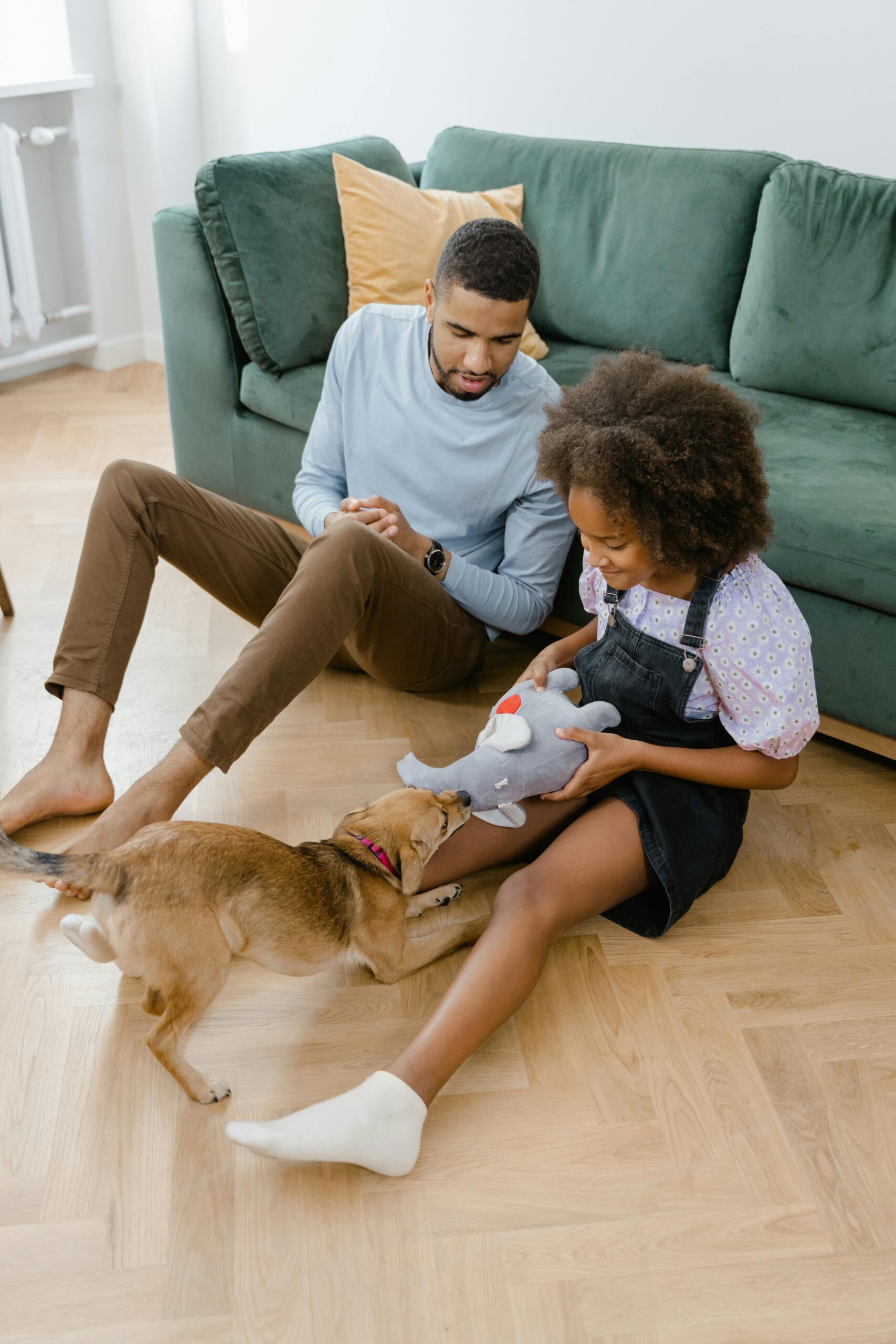If you’re like most dog owners, you’re undoubtedly already very familiar with the joy and satisfaction involved in sharing your heart and home with a canine companion. However, there may also be times and situations when you’re concerned that your dog may bite. Naturally, you don’t want your pet to inflict pain on a family member, friend, neighbor, or stranger in a park or the public place. Additionally, if your dog does bite, you may find yourself liable for any injuries and damages experienced by the victim. Fortunately, there are indications that your dog might be about to bite. Here’s what you need to know:
Understanding Canine Body Language
The first step toward understanding dog behavior and nurturing a safe relationship is to become familiar with canine body language. Telltale signs that a dog may be about to bite include snapping, baring of teeth, and raised fur on the neck and upper back. Dogs that are experiencing anxiety may appear tense with flattened ears and a rigid stance. Keep in mind that every dog is different. For instance, avoiding eye contact may be a sign of emerging aggression among some dogs, while an intense stare may be a warning sign in others.
Respect Your Pet’s Personal Space
Dogs differ in how much interaction they are comfortable with. If you are welcoming a new dog into your home, respect the animal’s space until you both develop an understanding of the respective natural boundaries of your relationship. Let your new dog approach you first and avoid looming over them or trying to handle them if they appear reticent. Bites often occur because the dog feels overwhelmed or trapped in an unfamiliar situation.
Avoid Provoking the Dog
Certain types of actions may inadvertently cause a defensive reaction in your dog. Common culprits include loud noises, sudden movements, or rough handling. Use extra caution when your dog is eating or sleeping. Keep in mind that children often move swiftly and speak loudly, so teach them to approach dogs in a calm manner and to never pull on their ears, tails, or otherwise mishandle them. Do not be afraid to tell strange children not to touch your dog — dogs are not toys, and many parents fail to teach their children not to approach strange dogs.
Recognize the Triggers for Aggression
Just like humans, individual dogs have triggers that elicit certain reactions. For some dogs, these might include strange people, unfamiliar environments, or other animals. For others, it might be loud noises. Keep in mind that aggressive behavior is usually the flip side of fear in dogs, to stay alert for any signs of fear. Often, if you can reassure your dog that there is nothing to be afraid of, you can circumvent fear turning into aggression. Proper socializing and training can help decrease these sensitivities over time.
Act Immediately if You Notice Warning Signs
If possible, give your dog the time and space to de-escalate. Keep in mind that most canines perceive staring as a threat in stressful situations, so back away slowly and avoid eye contact. If you’re out in public, remove your dog from the situation and seek out a calm environment. If the behavior persists despite your best efforts, consult a professional dog behaviorist or trainer.
Cultivate a Trusting Relationship
Developing a mutually trusting relationship with a dog takes time, patience, and consistency. Positive reinforcement is a better way to foster good behavior than punishing undesirable behavior. Developing a strong, trusting bond with your canine friend will significantly decrease the likelihood of aggressive actions.
Remember, your relationship with your dog is a work in process that lasts for the life of your pet, so nurture it every day and you won’t be disappointed.
